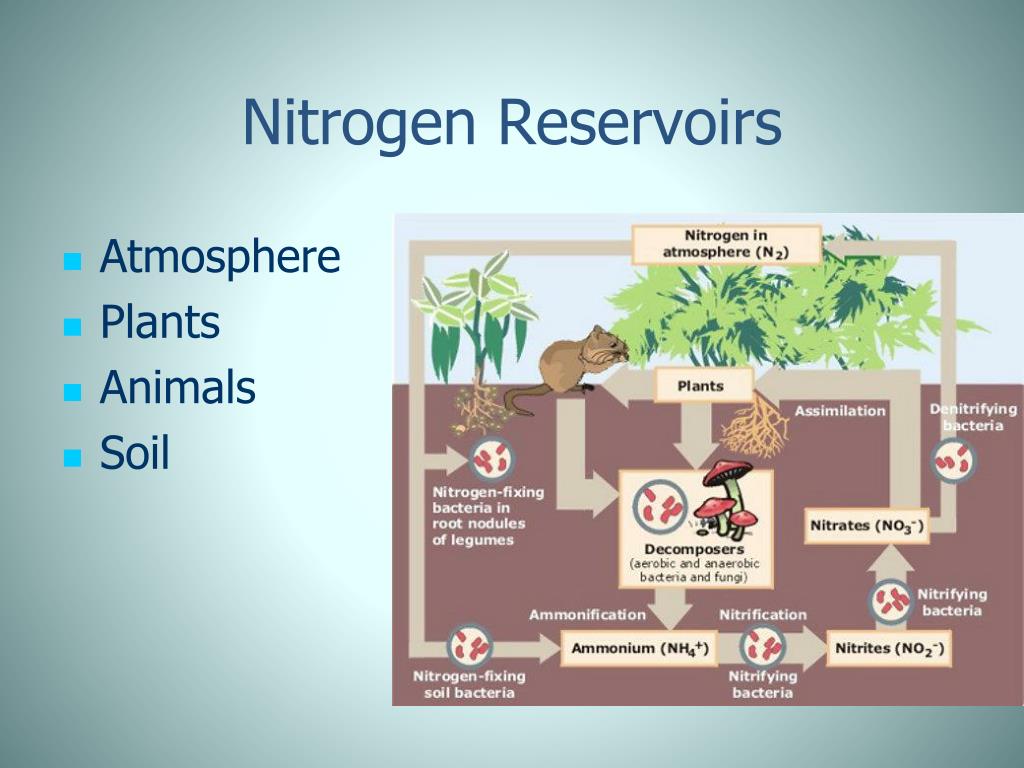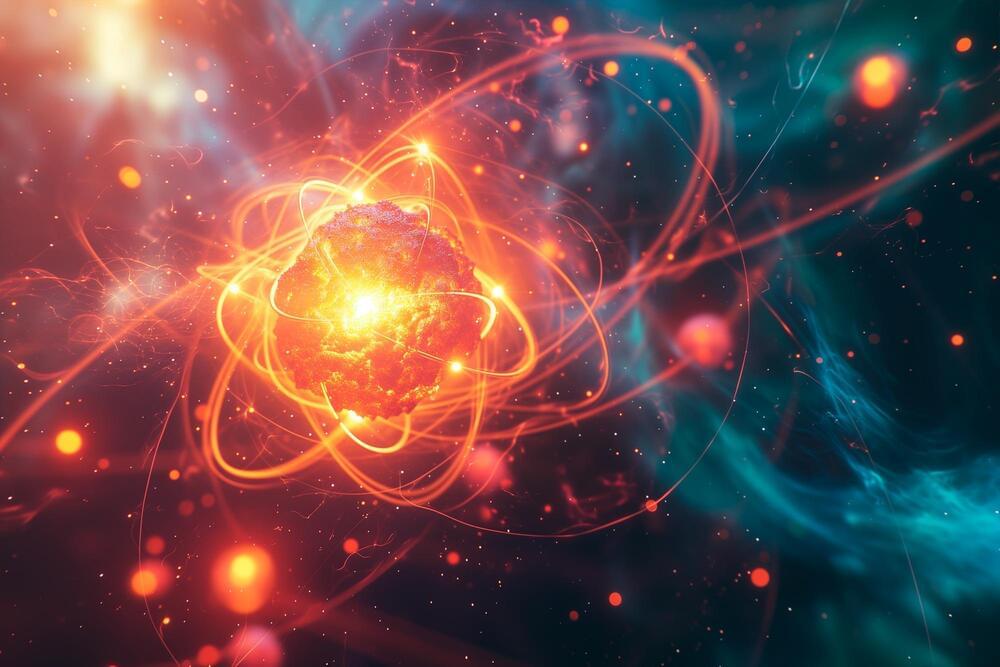The Earth, our beautiful home, has engaged human thought since time immemorial with its advanced ecosystems, varying landscapes, and the deep mysteries revealed about its origin. Of the many questions asked by scientists and philosophers, one was that of nitrogen, one of the most basic components of life. New developments in scientific research into the processes of nitrogen isotopes open unprecedented opportunities for understanding early Earth’s history, such as the mechanisms through which its atmosphere and oceans were formed, and the conditions that finally gave rise to life.
The Role of Nitrogen in Earth’s Evolution
Nitrogen is one of the biologically most essential elements on Earth and makes up one of the major building blocks for proteins, DNA, and almost all other organic molecules. Knowing how nitrogen was first introduced and later cycled through Earth’s ancient environments is critical to the understanding of its evolutionary history. Nitrogen isotopes, specifically nitrogen-14 and nitrogen-15, provide proper signatures that enable researchers to trace sources of nitrogen and define the mechanism by which it was incorporated into nascent Earth.
Insights Gained from Nitrogen Isotope Studies
The recent development of geochemical methods of analysis has opened new vistas to explore nitrogen isotopes buried in ancient rocks, sediments, and meteorites. These records have become essential archives that retain their signature regarding the processes that controlled Earth’s nitrogen cycling over billions of years. Contributed by way of explaining the ratios between 15N and 14N, various nitrogen sources are described, such as primordial gases, meteoritic infall, and volcanic outgassing during the formation and further evolution of Earth.
Also Read : Researchers Discover the Earliest Biological Indicators of Autism
Early Conditions on Earth and Nitrogen Accretion
It is believed that nearly 4.5 billion years ago, at the time of the formation of the solar system, Earth was basically accreting from a protoplanetary disk well-endowed with gases and dust particles. Nitrogen would have been delivered to young Earth, probably as molecular nitrogen and ammonia, by processes such as gas adsorption onto mineral surfaces and direct capture from the solar nebula. Due to its vehement growth to become Earth, this planetsimal accumulated these volatiles and set the scene for the development of its atmosphere and ocean.
Nitrogen Isotopes as Tracers of Planetary Processes
Research into nitrogen isotopes goes beyond Earth’s formation to an evolving Earth that is dynamic over geological time. Isotopic changes in nitrogen bear on a variety of planetary processes: atmospheric escape mechanisms, mantle degassing, and biological cycling. For instance, isotopic signatures for fluctuations in nitrogen cycling, forced by biological fixation and denitrification, are greatly preserved in fossil records in sedimentary rocks and have had a profound impact on Earth’s biosphere.
Comparative Planetology and Nitrogen Reservoirs

Comparative studies of nitrogen isotopes across the different bodies of our solar system provide an even broader perspective on Earth’s nitrogenous history. For instance, Mars has a distinct nitrogen isotopic composition, suggesting differing primordial settings and paths of evolution. Here, the comparison of isotopic signatures would be illuminating to the specificity of nitrogen-bearing reservoirs on distinct planetary bodies and the processes that have defined their composition.
Implications for Astrobiology and Exoplanetary Studies
The lessons learned from nitrogen isotopes are not about Earth; the implications go beyond into astrobiology and searching for extraterrestrial life. Nitrogen is a staple element of life, and it therefore tells us something about how it might be distributed and cycled within very different planetary environments, informing our strategies to identify habitable exoplanets and interpreting possible biosignatures of extrasolar atmospheres. The study of nitrogen isotopes thus forms a vital area of continued research that will help more precisely define the conditions conducive to supporting life as we know it.
Future Directions of Nitrogen Isotope Research
Long-term research in this area aims to further elucidate nitrogen isotopes and their applications to the Earth sciences and planetary exploration. Development of advanced methods of isotopic analysis—laser spectroscopy and high-precision mass spectrometry, among others—keeps on opening new frontiers for what isotopic studies have to offer in terms of more precise measurements and deeper insights into Earth’s nitrogen reservoirs. Furthermore, it happens that geochemists, planetary scientists, and astrobiologists are necessary to join isotopic data with models of planetary formation and evolution.
Emerging Technologies and Analytical Methods
Recent advances in the methods of analysis are helping us fathom nitrogen isotopes better and their role in the course of evolution of the earth. Indeed, by using high-resolution mass spectrometry and secondary ion mass spectrometry, scientists have been in a position to compute isotopic ratios to very high degrees of precision even in minute samples from some of the oldest rocks and meteorites. These technologies provide the ways for not only the identification of subtle variations in isotopes but also provide an insight into the time evolution of Earth’s nitrogen reservoirs over geological time scales.
Development of in situ analytical methods, such as laser ablation coupled to mass spectrometry, enables the determination of nitrogen isotopes directly within geological samples without giving so much regard to extensive sample preparation. This study is most suitably applied to investigating microscale variations of isotopic composition within single minerals and thus holds out the promise of delivery of insight into the processes involved in nitrogen incorporation and cycling during the early history of Earth.
Difficulties and Future Directions
Despite these enormous advances, a number of challenges remain in the full deciphering of the story of nitrogen isotopes on Earth. First, the understanding of isotopic data within the multiple overlapping processes related to atmospheric evolution, biological activity, and planetary accretion leaves room for complexity in the interpretation of isotopic biases. Integrating isotopic signatures from meteorites and rocks of old Earth, derived from different geological epochs, would be the second challenge.
Looking ahead, required interdisciplinary research efforts will have to focus on geochemistry, planetary science, and computational modeling. The objective is the refinement of isotopic models through the incorporation of new datasets from ongoing space missions and sample return missions that target asteroids and comets. These efforts not only enrich our knowledge of the history of Earth but also sharpen the instruments for understanding similar processes and patterns on other celestial bodies in the universe.
These paragraphs add up to the debate on nitrogen isotopes, their methods of analyses, and interpretation issues—proposing lines for future investigations—in a more complete way.
Conclusion
Nitrogen isotopes have become one of the most powerful tools for research into the origin and evolution of Earth. By looking at these isotopic signatures across ancient rocks and meteorites, it has given scientists insights into how Earth’s atmosphere, oceans, and biosphere evolved billions of years ago. The further we press our knowledge on nitrogen isotopes, the closer we come to the conditions that prevailed for life as a whole to spring into action on Earth. This discovery about our own planet shall not only enrich our understanding of complexity but also enhance our insight into the possibility of life elsewhere in the universe.
Accurate research and new technologies will now unleash another spate of secrets still hidden within the isotopic record of nitrogen, providing further insights to help researchers define the place of the Earth in the universe and our quest to explain life itself.

